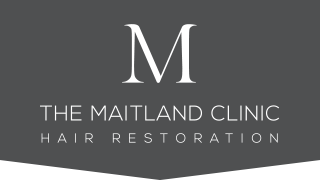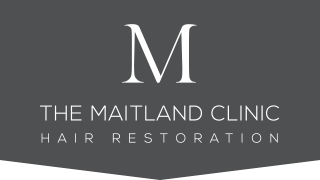Treatments for a receding hairline
31st July 2024

Hair loss is a common concern for many people, and a receding hairline is often one of the most visible signs. In this blog, we’ll explore what a receding hairline is and provide a comprehensive overview of different receding hairline treatments. If you’re facing a receding hairline, understanding your options can help you to make an informed decision about the best course of action for your specific needs.
What is a receding hairline?
A receding hairline refers to the gradual loss or thinning of hair from the front and top of the scalp, often resulting in a hairline that moves backwards.
There are several different causes of a receding hairline, each varying in how a receding hairline progresses and should be treated:
- Traction alopecia: a form of gradual hair loss that results from certain hairstyles which are too tight or pull the hair backwards.
- Lifestyle and health factors: nutritional deficiencies, ageing, and hormonal changes can impact how the hair grows and lead to various types of hair loss, including a receding hairline.
- Androgenetic alopecia: often referred to as “pattern loss”, this is the most common type of hair loss and a receding hairline. This type of hair loss is genetic and can impact both men and women.
Pattern hair loss in men often follows a distinctive progression. The front of the hairline begins to recede backwards leaving an “M” shape at the hairline. Hair loss then occurs at the top or crown of the head, and eventually, this baldness meets the receding hairline to leave full baldness on the top and front of the head. Read more in-depth about how male pattern loss progresses.
In women, pattern loss can look slightly different. Hair starts by thinning at the parting, followed by diffuse thinning over the top and crown of the scalp. A receding hairline is less common in women than in men, but some women do experience this, particularly in the corners of the hairline. Read more about female pattern loss.
Treatments for a receding hairline
The first step to consider when treating a receding hairline is to form an accurate diagnosis. It’s vital to see an experienced hair loss professional such as a hair transplant surgeon, trichologist, or dermatologist to have a thorough assessment. A consultation will usually involve a detailed discussion of your history and lifestyle, an examination, and an advanced imaging analysis of your scalp.
Understanding the cause and severity of your receding hairline helps to establish the right treatment choice for you.
When it comes to receding hairline treatments, there are a range of options:
Non-surgical hair receding treatments
If you have a receding hairline due to lifestyle factors or traction alopecia, it can sometimes be treated by measures such as changing hairstyles, or correcting deficiencies or imbalances. As always, it’s imperative to follow advice from a hair loss professional.
When treating a receding hairline due to pattern hair loss, particularly in the early stages of hair loss, hair loss medication can be extremely effective in stabilising and even reversing hair loss. There are several forms of hair loss medication, differing in their suitability and mechanisms.
Read more about hair loss medication options.
Most hair loss medication is considered effective in the mid-scalp and crown areas, but they can certainly be effective in treating frontal hair loss or receding hairlines.
Other non-surgical hair loss treatments such as laser therapy and Platelet Rich Plasma (PRP) may also help to stabilise receding hairlines. Choosing the most effective non-surgical treatment option for you requires the guidance of a hair loss professional.
If the hairline has receded extensively or has been present for some time, hair loss medication is less likely to be successful in reversing it. Medication can still be used to reduce the chance of progression, but in this situation, hair transplant surgery for a receding hairline is likely to be most effective.
Surgical hair receding treatments
There are several types of surgical hair loss treatments available which may effectively treat a receding hairline. At The Maitland Clinic, we consider some important factors when assessing if you are suitable for a hair transplant for a receding hairline:
- What is the cause of your receding hairline?
- How much hair loss are you likely to experience in your lifetime?
- How much donor hair (hair which is genetically programmed to grow continually – usually found at the back and sides of your head) is available? Is there enough donor hair to create a natural-looking result?
- Are you healthy enough to undergo hair restoration surgery and does your lifestyle allow you to take the time out needed for the surgery and recovery?
At The Maitland Clinic, we firmly believe that transplant surgery should only be considered if a candidate is suitable.
We have a range of different hair transplants for a receding hairline, including the Follicular Unit Transplant technique (FUT) and the Follicular Unit Extraction technique (FUE). Using slightly different methods, both of these techniques involve taking donor hair from areas of permanent hair growth, and transplanting these hair grafts to the area of hair loss.
Combining an aesthetic eye with advanced surgical skills
Successful treatment of a receding hairline requires a very careful aesthetic approach in order to ensure a natural-looking result.
Dr Ball, Founder and Medical Director at The Maitland Clinic, explains, “A hair transplant should be undetectable and consider long-term implications. The position, shape, and character of the hairline will have a huge impact on how natural it appears and how well it serves a person as they age.
“The character and irregularity of a natural hairline is created with an artistic eye, choosing the right hairs, and the utmost surgical precision. I select the finest possible hairs for the immediate hairline, producing a gradient of increasing hair density, and ensuring that transplanted hairs blend seamlessly with existing hair in terms of their location, angle and direction of growth. At The Maitland Clinic, we only operate on one patient per day so that time can be taken over the intricacies and finer details required to produce a truly natural result.”
Hair receding treatments at The Maitland Clinic
We understand that a receding hairline can be a source of concern for many people. But as hair restoration treatments continue to advance, a wide range of treatments now exist to help effectively stabilise or reverse a receding hairline.
Whether you opt for non-surgical treatments like medications or consider surgical options such as FUT and FUE, the key is to seek professional advice. At The Maitland Clinic, we stay at the forefront of developments in hair restoration treatments to bring you the most cutting-edge and effective solutions available.
To learn more about our treatments for a receding hairline and develop a tailored treatment plan, contact our team by calling 02392 706122 or filling out our online consultation form.
